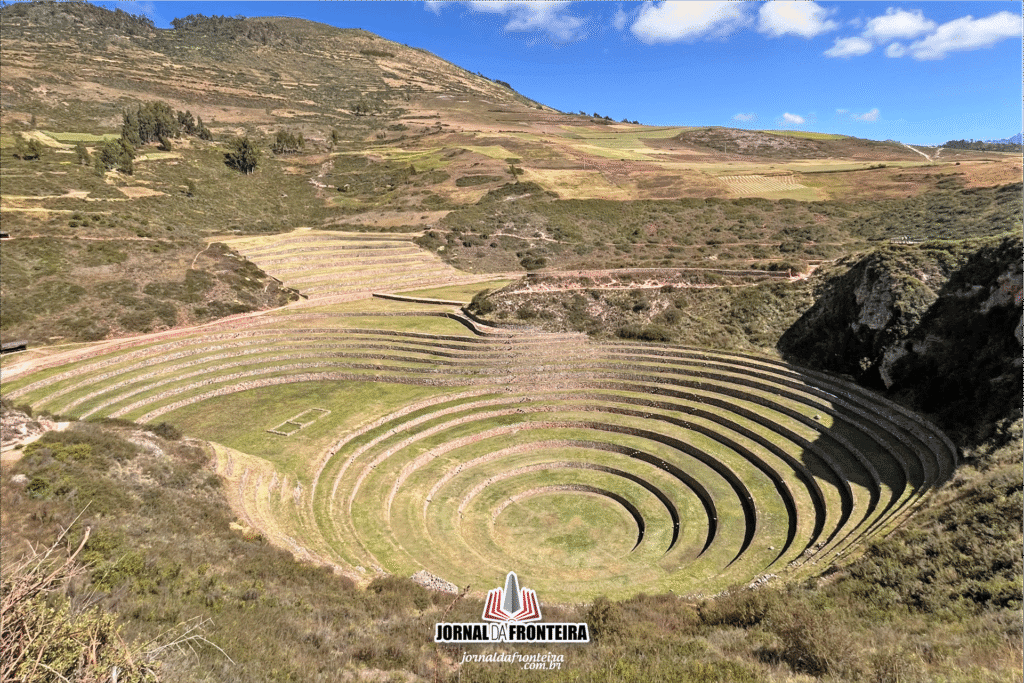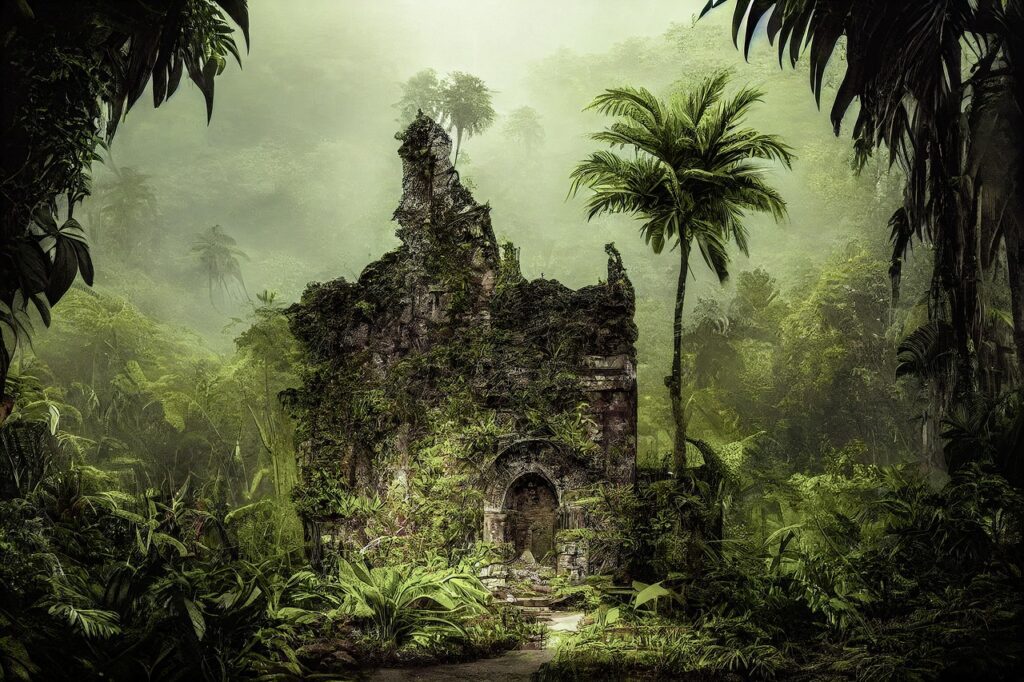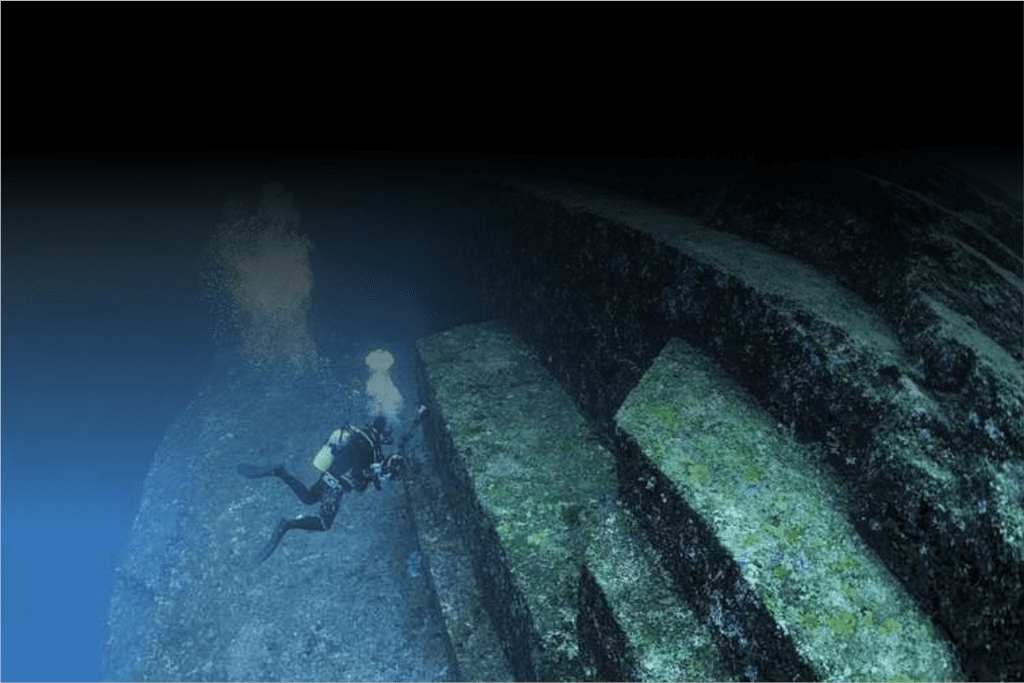The archaeological site of Moray, located in the Sacred Valley of the Incas, near Cusco, Peru. These circular structures at varying depths were used by the Incas as an agricultural laboratory.
Text: Luiz Veroneze – MTB 9830/PR – Phots: Silvana Veroneze
Traveling to Peru is, for many, synonymous with visiting Machu Picchu. And rightly so: the Inca citadel is one of the most breathtaking destinations on the planet. But what few people know is that the country holds other treasures just as fascinating — from deserts with ancient geoglyphs to floating islands, deep canyons, and rainbow-colored mountains that seem to have emerged from a surrealist painting.
Amid mountain ranges, tropical forests, and colonial cities, Peru reveals itself as a true mosaic of cultures, landscapes, and stories. We invite you, reader of Jornal da Fronteira, to explore 33 unmissable places and uncover the secrets that only the most attentive travelers discover. Get ready to go beyond the obvious itinerary and discover a Peru that enchants, surprises, and transforms.
The Essentials
Machu Picchu and the Mysteries That Still Echo
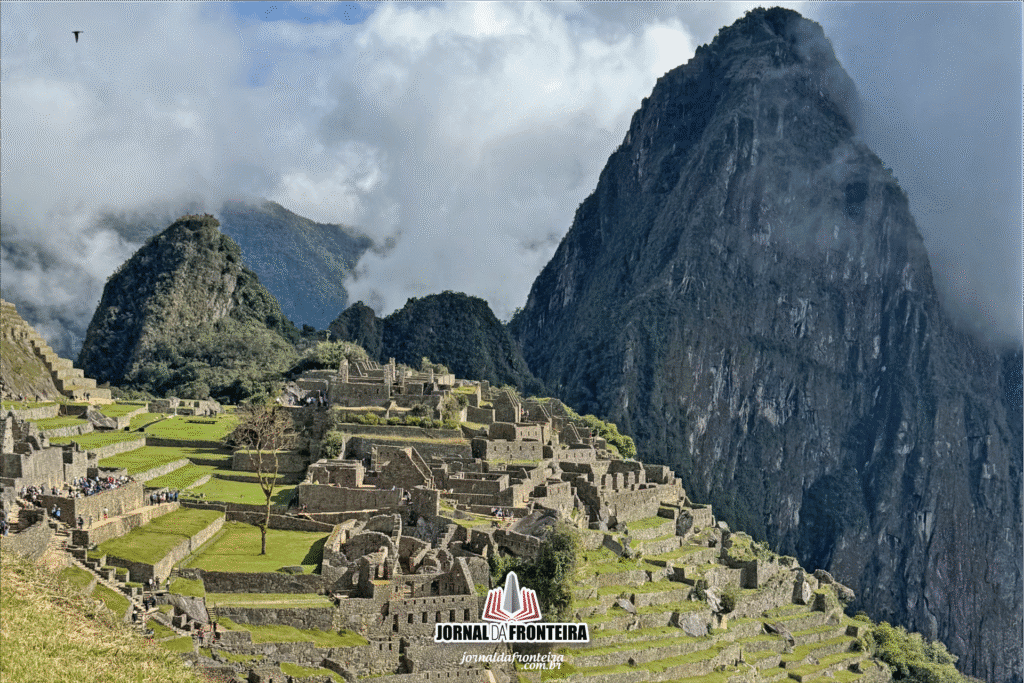
It’s impossible to talk about tourism in Peru without starting with its most precious jewel: Machu Picchu. Known worldwide as one of the New Seven Wonders of the World, this Inca citadel, located at 2,430 meters above sea level, is shrouded in mist, legends, and astonishing engineering. Despite its fame, many questions remain unanswered: who exactly built Machu Picchu? What was its true purpose? Why was it abandoned?
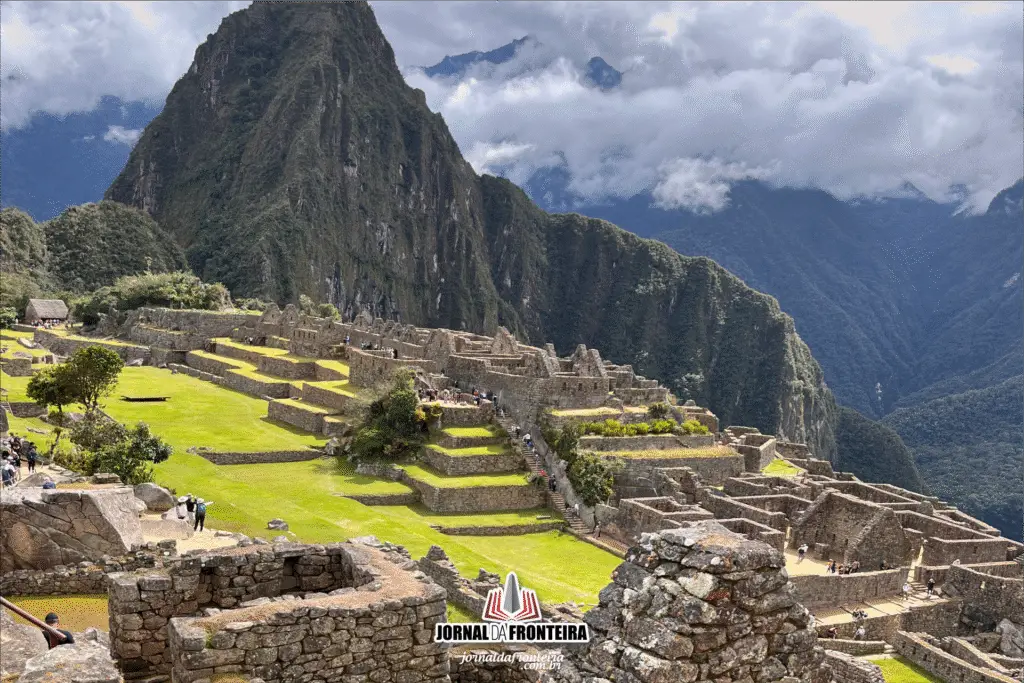
These enigmas make the destination even more intriguing. Travelers can reach Machu Picchu via the tourist train from Ollantaytambo, by hiking the Inca Trail, or through a train and bus combo departing from Machu Picchu Pueblo — also known as Aguas Calientes.
Cusco: onde o passado continua vivo
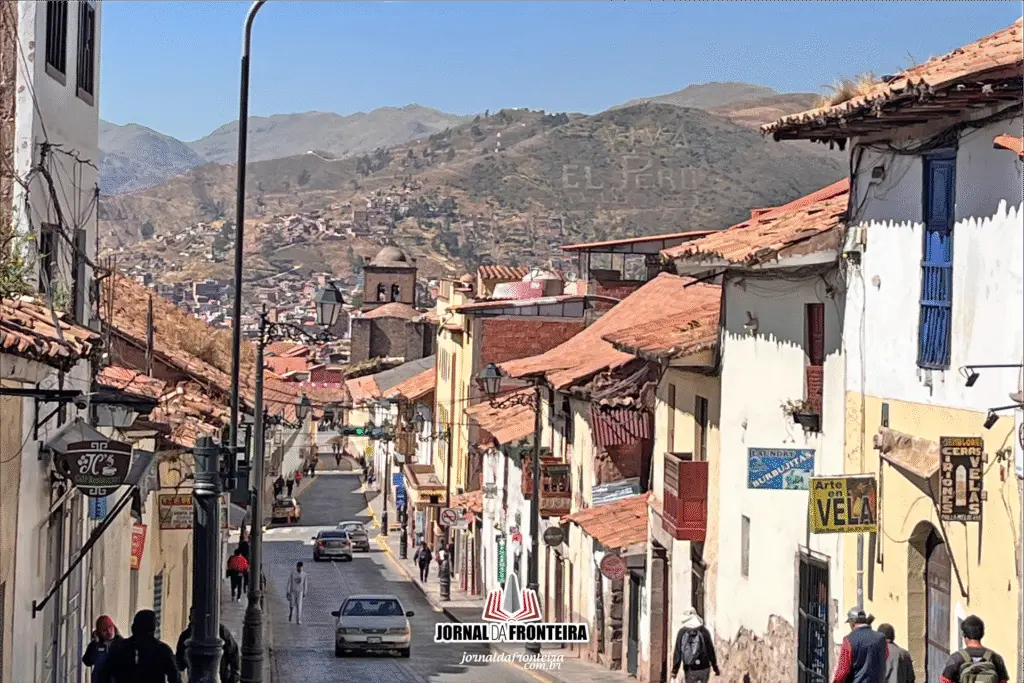
Gateway to Machu Picchu, Cusco is far more than a stopover city. Its cobbled streets, baroque churches, and Inca walls showcase a unique cultural blend. The former capital of the Inca Empire breathes history. Visitors can explore archaeological sites such as Sacsayhuamán and Qenqo, vibrant markets, museums, and fine Andean cuisine.
Sacred Valley: A Path Full of Surprises
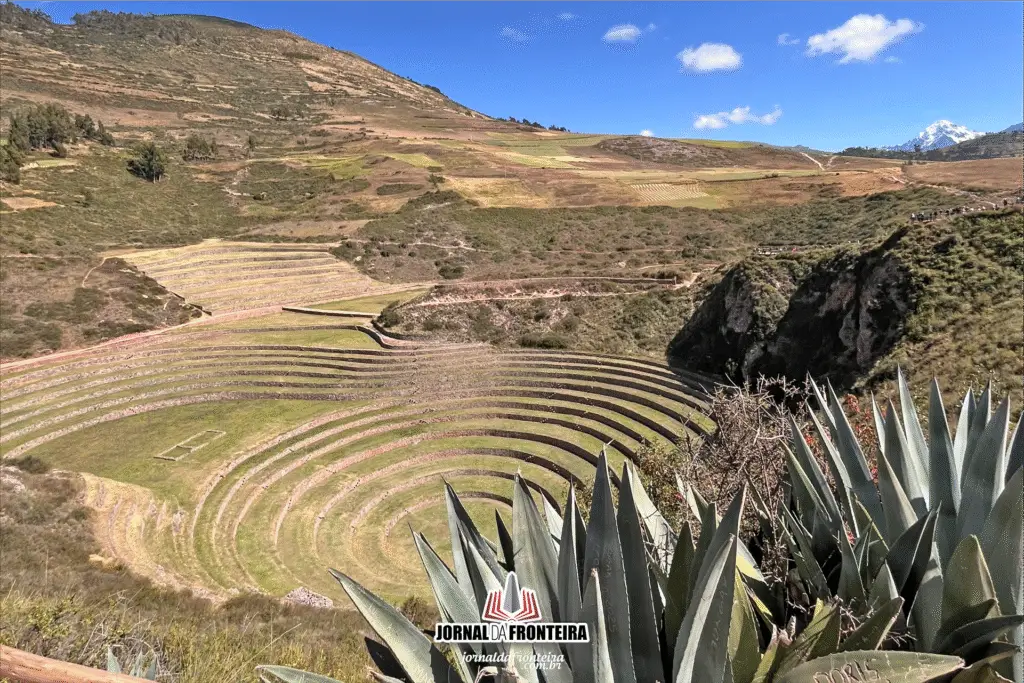
Between Cusco and Machu Picchu lies the lush Sacred Valley of the Incas, a fertile corridor home to ruins like Pisac, Ollantaytambo, and Moray. Ollantaytambo, in particular, is a hidden gem — a living city where Inca urban planning is still preserved. Moray, on the other hand, impresses with its concentric terraces, once used as an agricultural laboratory by the Incas.
Rainbow Mountain (Vinicunca): Natureza Psicodélica
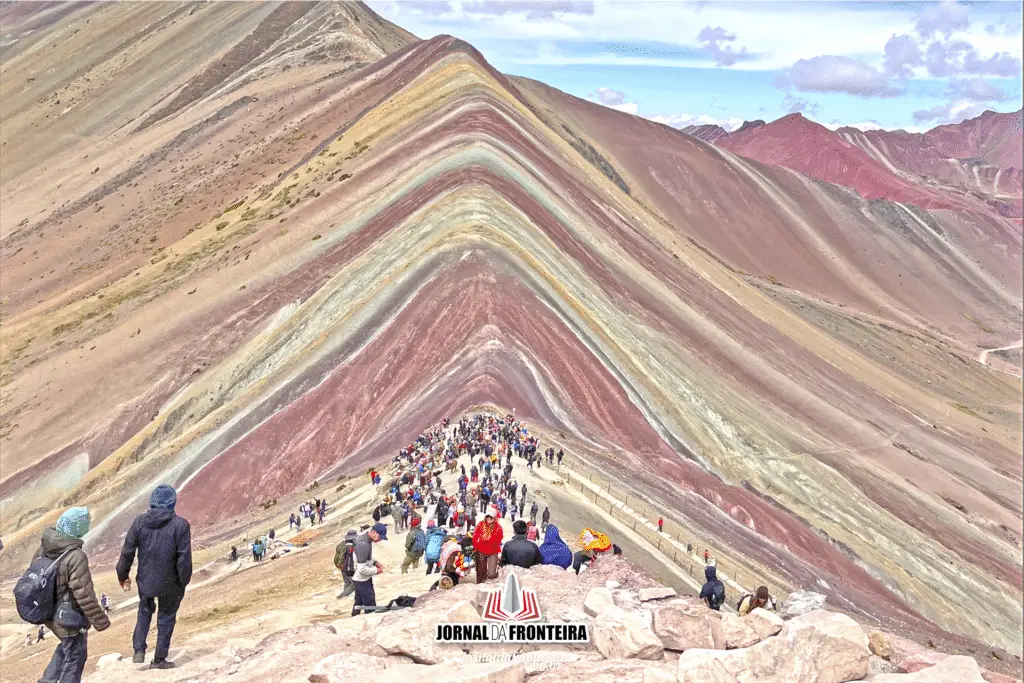
The best time to visit the famous Rainbow Mountain is between May and September. At over 5,000 meters in altitude, Vinicunca demands physical preparation and acclimatization. But those who reach the top are rewarded with a stunning view of colors ranging from red, green, blue, to yellow — the result of high mineral concentration in the soil.
Colca Valley: The Canyon Where Condors Fly
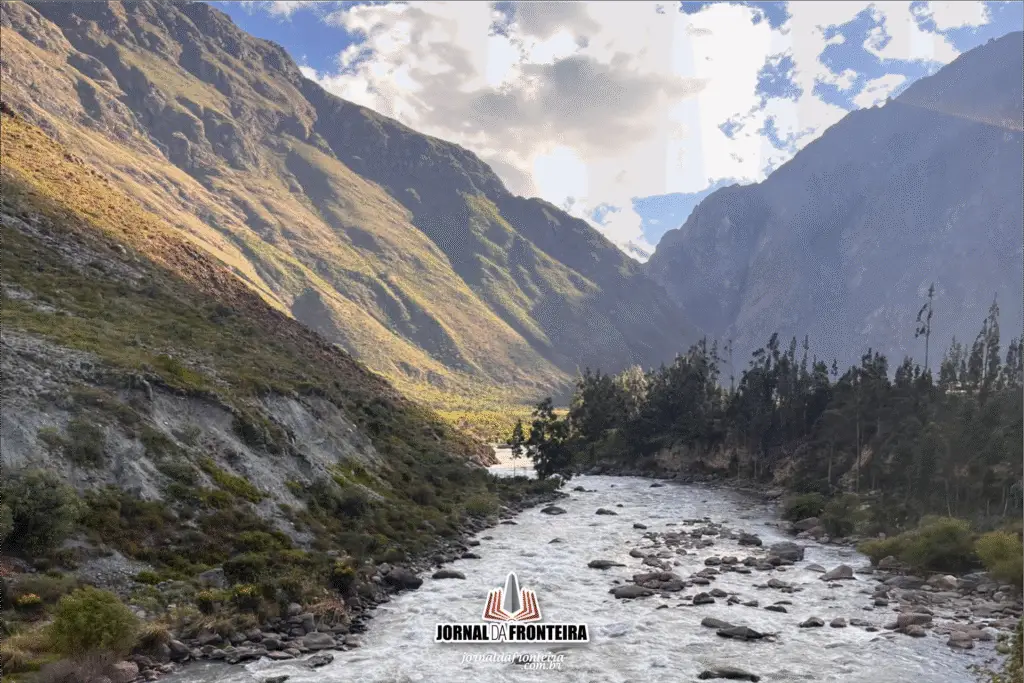
Larger than the Grand Canyon, Colca Valley is a natural spectacle. Located near Arequipa, this canyon plunges more than 3,000 meters deep. A major highlight is watching Andean condors soar at sunrise — an unforgettable experience for any traveler.
The Route of Mysteries
Nazca: Drawings Invisible to the Untrained Eye
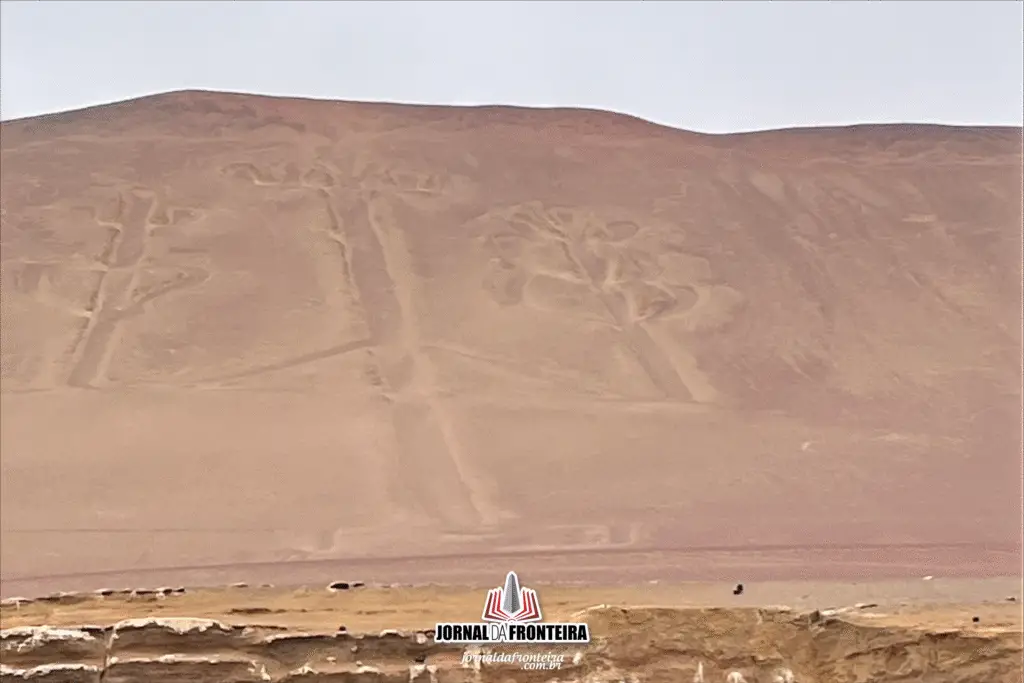
The Nazca geoglyphs are one of the greatest archaeological enigmas of humanity. These enormous desert carvings depict animals, human figures, and geometric patterns — visible only from above. To see them, visitors must board small aircraft that fly over the region. Who made them, and why? These are questions that continue to puzzle researchers.
Huacachina: Pure Oasis and Sand
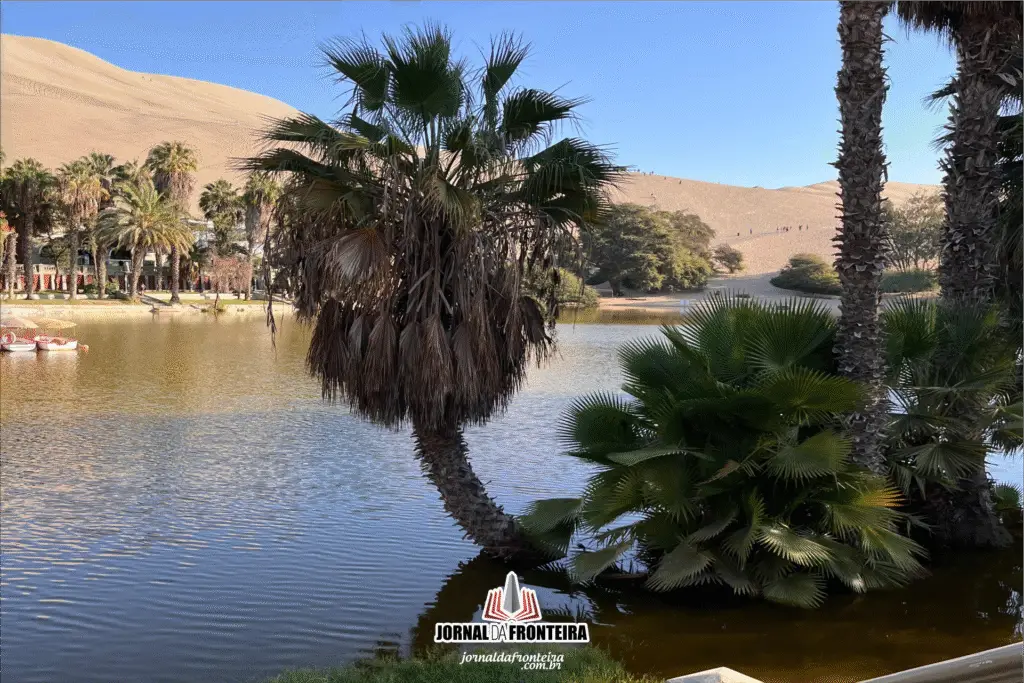
Next to the city of Ica lies Huacachina, a real oasis surrounded by towering dunes. It’s the perfect stop for adventurers, offering sandboarding, dune buggy rides, and jaw-dropping sunsets. A haven for thrill-seekers and contemplative souls alike.
Lake Titicaca: Spirituality at Altitude
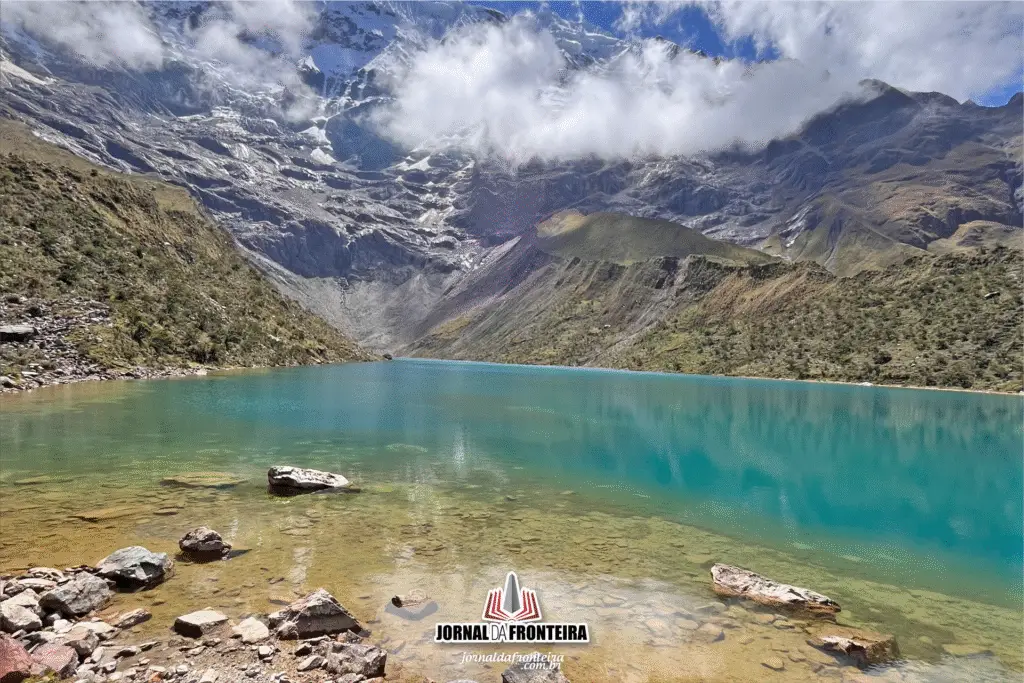
The world’s highest navigable lake (3,812 m) is also one of Peru’s most mystical places. Shared with Bolivia, Lake Titicaca is home to the Uros floating islands, made of totora reeds. Islands like Taquile and Amantaní feel frozen in time. According to legend, the first Incas were born from this lake — and many locals still believe it.
Speaking of lakes, pictured above is Lake Humantay — a natural reservoir fed by glacier melt from Mount Humantay, located in the province of Anta, in the Cusco region of Peru.
Arequipa: The White City and Its Volcanoes
With its white volcanic stone buildings, Arequipa is one of the most beautiful cities in Peru. Towering behind it are the volcanoes Misti, Chachani, and Pichu Pichu, painting a dramatic landscape. The Santa Catalina Monastery — a city within a city — and the UNESCO-listed historic center are must-sees.
Cajamarca: History, Hot Springs, and Landscapes
In Cajamarca, the last Inca emperor, Atahualpa, was captured by the Spanish. Today, the city blends Inca ruins, colonial architecture, and relaxing thermal baths. A lesser-known gem, Cajamarca reveals an authentic Peru with mountains, farms, and enduring traditions.
Cultural Jewels That Delight the Senses

Paracas: A Sea of History and Nature
Paracas Reserve, on Peru’s southern coast, is one of the country’s most stunning regions. Famous for its rock formations, deserted beaches, and marine life, it also features the mysterious Paracas Candelabra — a geoglyph carved into a hillside, visible only from the sea. Boat tours to the Ballestas Islands, dubbed the “Galápagos of Peru,” reveal sea lions, Humboldt penguins, and countless bird species in their natural habitat.
Trujillo: Dance, Color, and Pre-Inca Ruins
In northern Peru, Trujillo is the birthplace of Marinera, one of Peru’s most elegant traditional dances. It also boasts a rich archaeological heritage, including the Huacas del Sol y de la Luna — temples of the Moche civilization — and the vast adobe city of Chan Chan, the largest pre-Columbian urban center in the Americas.
Huaraz and the Cordillera Blanca: A Trekker’s Paradise
For hiking and mountaineering lovers, Huaraz is a must. Nestled at the base of the Cordillera Blanca, it offers access to some of the continent’s most breathtaking scenery. The turquoise waters of Laguna 69 and the Huascarán National Park are natural treasures — and literally breathtaking, with most trails above 4,000 meters.

Iquitos: Gateway to the Amazon Jungle
Accessible only by plane or boat, Iquitos is nestled in the heart of the Peruvian Amazon. It’s the launching point for jungle expeditions, offering canoe trips, pink dolphin sightings, visits to indigenous communities, and stays in eco-lodges. A sensory and spiritual journey where you hear the forest, feel the humidity, and taste exotic flavors.
Chachapoyas: The Cloud Civilization
Less known than the Incas, the Chachapoya civilization left behind a striking legacy in northern Peru. In Chachapoyas lies the fortress of Kuelap — the “Machu Picchu of the north” — with its circular walls perched atop the mountains. Nearby is Gocta Falls, one of the tallest waterfalls in the world, wrapped in lush greenery and siren legends.
Cusco Has Even More to Offer
Church of the Society of Jesus
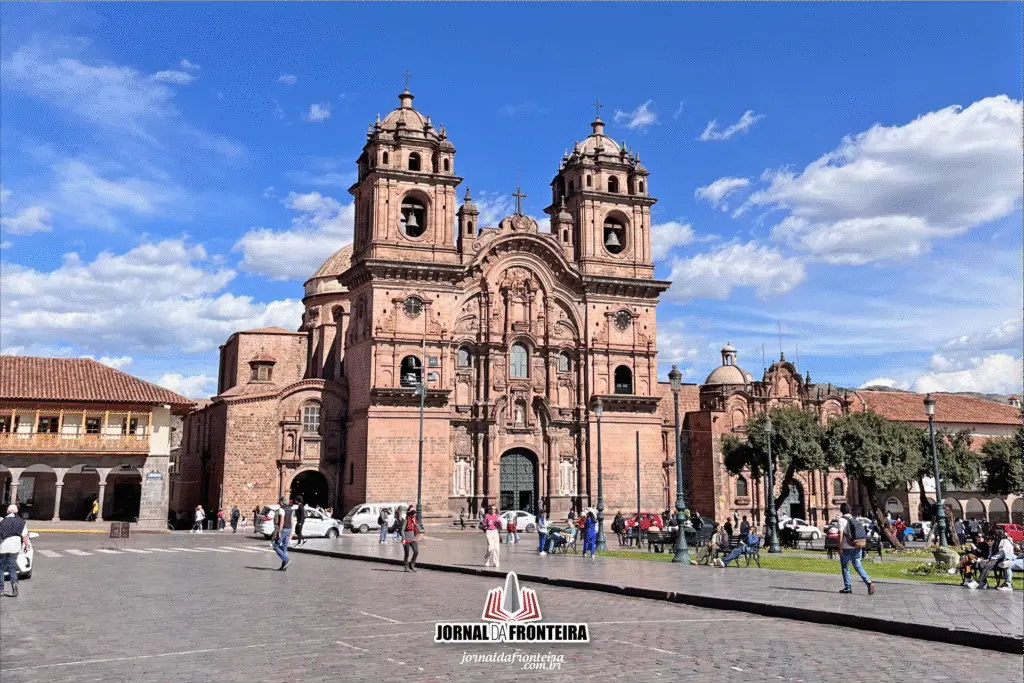
The Church of the Society of Jesus, located in Cusco’s Plaza de Armas, is one of the city’s most important colonial buildings. Renowned for its baroque pink stone façade and richly decorated interior with golden altars and Cusco School paintings, it was built atop the former palace of Inca Huayna Capac — symbolizing the overlay of Spanish culture onto Andean civilization.
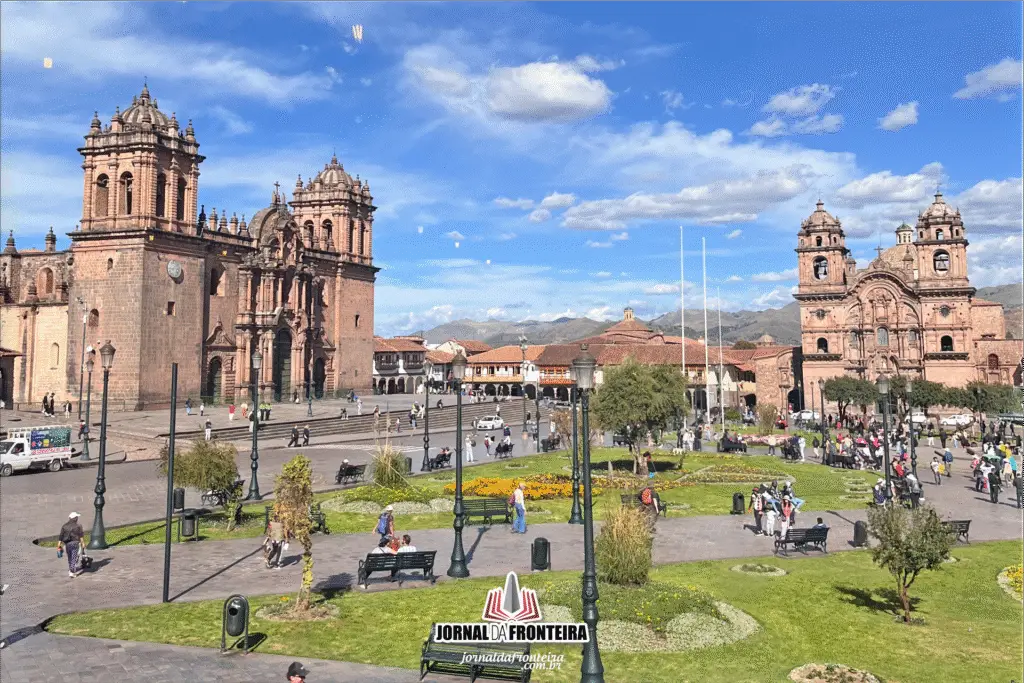
Salineras de Maras
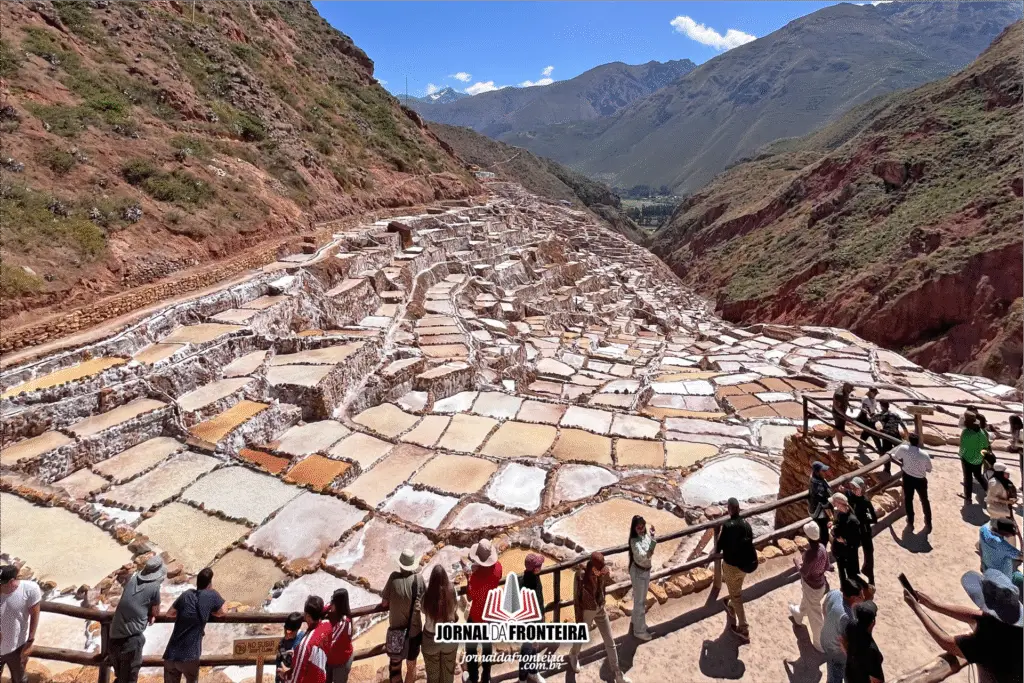
The Salineras de Maras are among the most impressive sites in the Sacred Valley. Thousands of small rectangular salt ponds are carved into the mountain slopes and have been used for salt extraction since pre-Inca times. A natural underground spring feeds the pools, and the salt is harvested by hand — a tradition virtually unchanged for centuries. The dazzling white and orange tones, especially under the sun, create a surreal landscape.
Tambomachay Archaeological Site
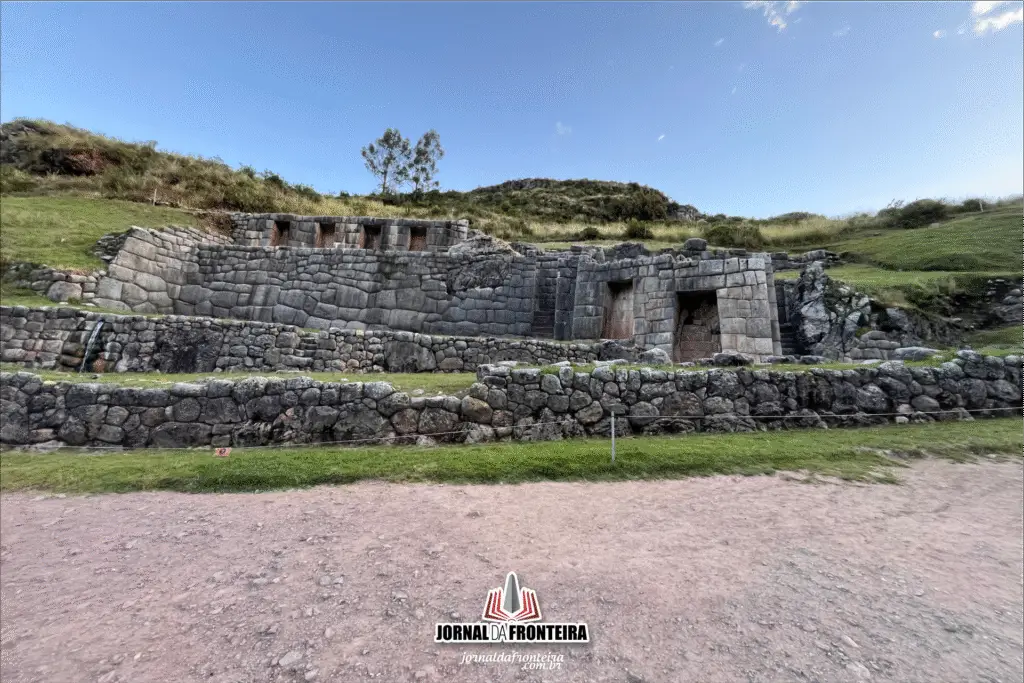
Located near Cusco, Tambomachay is known as the “Inca Bath” due to its ceremonial fountains, aqueducts, and water channels that still flow with astonishing precision. The site was likely used for rituals associated with water, fertility, and the worship of Andean nature deities. At 3,700 meters above sea level, it is one of four main stops on Cusco’s Archaeological City Tour, alongside Qenqo, Puka Pukara, and Sacsayhuamán.
Peru is one of those destinations that goes far beyond postcard views and rigid itineraries. Every city, village, and trail hides a piece of the Andean soul — whether in a traditional dance, a lovingly served dish, or a forgotten ruin among the mountains. In this article, we’ve listed must-see places — some world-famous, others barely explored. Yet they all share one thing: the power to surprise even the most seasoned traveler.
From the highlands to the coast, from the jungle to the mountains, Peru pulses with life, history, and culture. When planning your next trip, consider looking beyond Machu Picchu. The country holds far more than what the postcards show. And the greatest secrets — as always — are found in the paths less taken.

